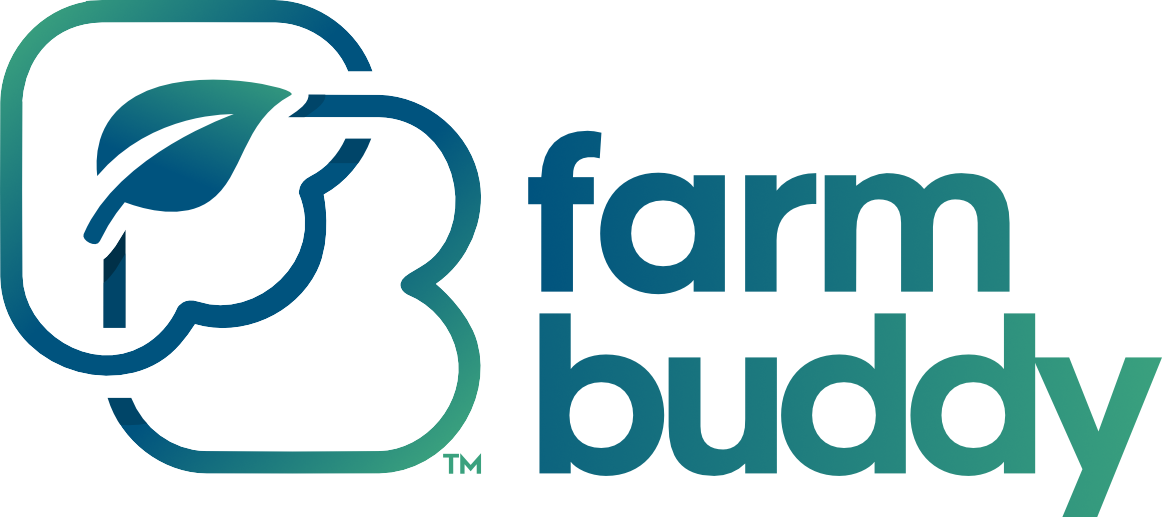Yes, guinea pigs can eat pumpkin guts, but with some important considerations. Pumpkin guts refer to the soft, fibrous interior of the pumpkin that contains the stringy pulp and seeds. While the flesh of the pumpkin is generally safe and nutritious for guinea pigs, the guts—especially the seeds—require some caution.
What Are Pumpkin Guts?
“Pumpkin guts” typically include two parts:
- Pumpkin Pulp (Stringy Fibrous Part): The stringy, fibrous flesh that surrounds the seeds inside a pumpkin. This part is soft and can be easily chewed by guinea pigs.
- Pumpkin Seeds: Hard seeds located inside the pumpkin pulp. These are not safe for guinea pigs to eat due to the risk of choking and digestive issues.
Safe Parts of Pumpkin for Guinea Pigs
- Pumpkin Flesh (Outer Part):
- The actual pumpkin flesh (the part you would typically cook or puree) is safe and healthy for guinea pigs in moderation. It is high in fiber and contains beneficial nutrients like vitamin A, vitamin C, and beta-carotene.
- Pumpkin Pulp:
- The fibrous, stringy part of the pumpkin (the “guts” without seeds) can also be eaten by guinea pigs. This part provides fiber, which aids in digestion.
Potential Risks of Feeding Pumpkin Guts to Guinea Pigs
- Pumpkin Seeds are Not Safe:
- Choking Hazard: Pumpkin seeds are too large and hard for guinea pigs to chew and can easily cause choking.
- Digestive Issues: Even if swallowed, the seeds can cause digestive blockages or upset.
- High Sugar Content:
- Although pumpkin is lower in sugar than some other fruits, it still contains natural sugars. Feeding too much pumpkin (including the pulp) can lead to digestive upset or weight gain.
- Moderation is Key:
- While the pulp is safe, it should be fed in moderation to prevent any potential digestive problems like diarrhea or bloating due to the high fiber content.
How to Safely Feed Pumpkin Guts to Guinea Pigs
To safely feed pumpkin guts to your guinea pig, follow these guidelines:
- Remove the Seeds:
- Carefully remove all seeds from the pumpkin guts before offering them to your guinea pig.
- Feed Small Amounts:
- Offer a small amount of the pumpkin pulp as an occasional treat. A few small strands of the fibrous pulp are enough. Too much can upset their delicate digestive system.
- Wash Thoroughly:
- Make sure the pumpkin is washed thoroughly to remove any dirt or pesticides before cutting it open.
- Monitor for Reactions:
- Introduce pumpkin slowly into your guinea pig’s diet to see how they react. Monitor for any signs of digestive upset, such as soft stools or changes in appetite.
- Remove Uneaten Pieces:
- Remove any uneaten pumpkin pulp from the cage after a few hours to prevent spoilage, which could lead to bacteria growth.
Other Safe Pumpkin Parts and Alternatives
- Pumpkin Flesh: Small pieces of the flesh can be a good source of vitamins and fiber and are generally well-liked by guinea pigs.
- Other Squashes: Small amounts of butternut squash or zucchini can also be offered as occasional treats.
- Leafy Greens and Bell Peppers: These are better daily staples for guinea pigs, as they provide essential nutrients like vitamin C without too much sugar.
Conclusion
Guinea pigs can eat pumpkin guts (the fibrous part) in moderation as long as the seeds are removed. Pumpkin pulp can provide some fiber and nutrients, but it should be offered sparingly as a treat. Always prioritize feeding your guinea pigs a balanced diet rich in hay, fresh vegetables, and fortified pellets to keep them healthy and happy.
